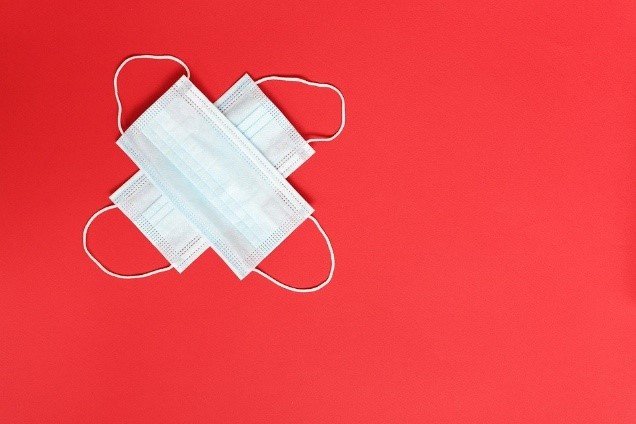The mask and face covering debate has been ongoing for months, but it seems a consensus is now being reached that they are beneficial in stopping the spread of Covid-19. Just this week Nicola Sturgeon announced that face coverings were to be mandatory in Scotland’s shops from 10th July when they re-open.
Working in a small, local shop, my colleagues and I have been donning face coverings for the last month since the government advised that they were recommended in enclosed public spaces.
“Personal protective equipment (or PPE as we are all now accustomed to calling it) tends to be designed for the size and shape of male bodies.”
The nature of the work requires the face-covering to sit unaided on the face so that we can use our hands and move around with ease, hence we have all opted for masks with straps that go around the ears. But to begin with I struggled to find one that would actually sit on my face, despite buying multiple different ones. I assumed that I just had an unusually small face until I did some research and found that it was probably because I am a woman.
Despite 77% of workers in the caring professions being women, personal protective equipment (or PPE as we are all now accustomed to calling it) tends to be designed for the size and shape of male bodies.
In April this year Dr Helen Fidler, Deputy Chair of the British Medical Association, raised concerns about the lack of protection for female healthcare workers due to poorly fitting (and thus ineffective) PPE, describing it as “worse than useless” on BBC Radio 4’s ‘Women’s Hour’ due to its provision of a false sense of security.
Fidler claimed that we have become so used to casual sexism that many women she had spoken to had also believed they just had small or “funny” faces. Despite the Department of Health and Social Care’s claims that masks supplied are designed to be unisex and available in multiple sizes, Fidler referred to this as “disingenuous” and called for change, since even the smallest sizes are still designed for men.
“This is not sufficient for women working in the healthcare industry on the frontline during a pandemic.”
However, this is not a new issue and women across various professions lack access to effective protection. The Women’s Engineering Society first raised that PPE was an issue for women across engineering and science in 2007, and sadly reported it to be an ongoing problem ten years later in 2017 calling on companies to ensure that they were fulfilling their duty of care.
Also in 2017, the Trades Union Congress reported that only 5% of women surveyed in the emergency services said that their PPE never hampered their work and claimed that the unisex, same-PPE-but-smaller approach being taken by employers could lead to significant problems.
I was able to make a home-made face mask from fabric and interfacing which solved my issue as a retail worker. But this is not sufficient for women working in the healthcare industry on the frontline during a pandemic – they need approved surgical masks or respirators. I only came across this issue when it affected me as a consumer, but this is affecting women who work in jobs which require protection all the time!
We must use our voices to ensure that it does not persist any longer.
Harriet Pandeli
Featured image courtesy of @nastya_gepp via Pixabay.

